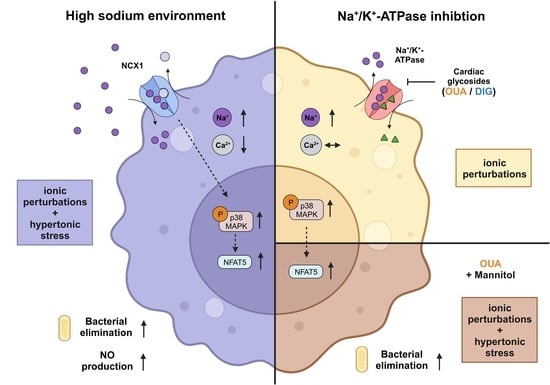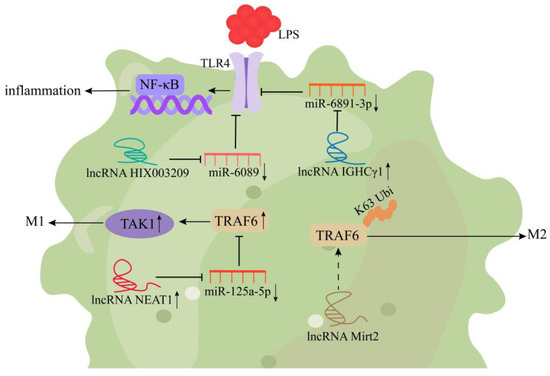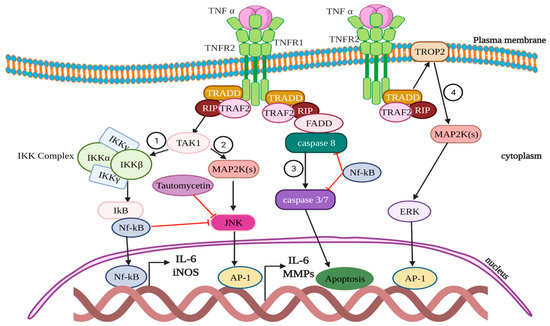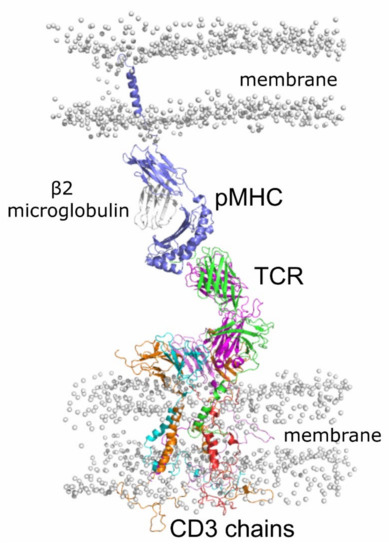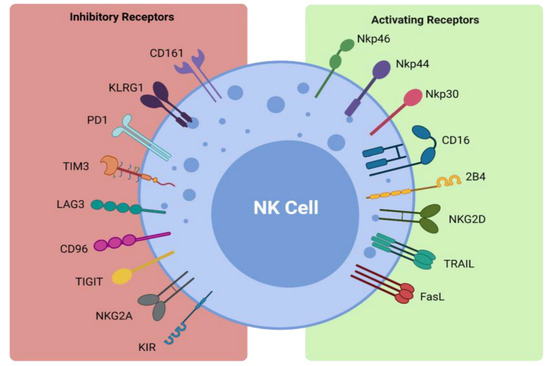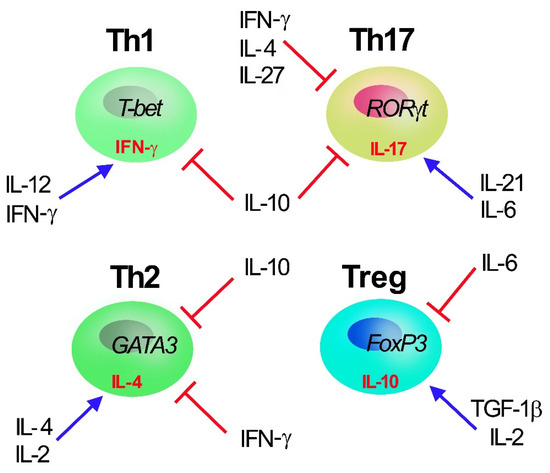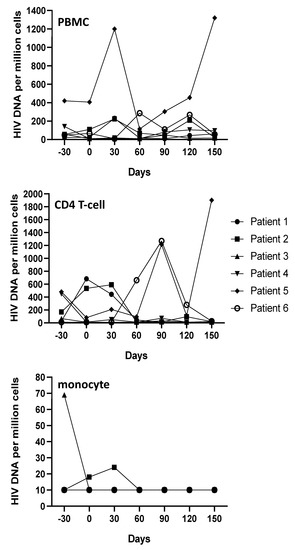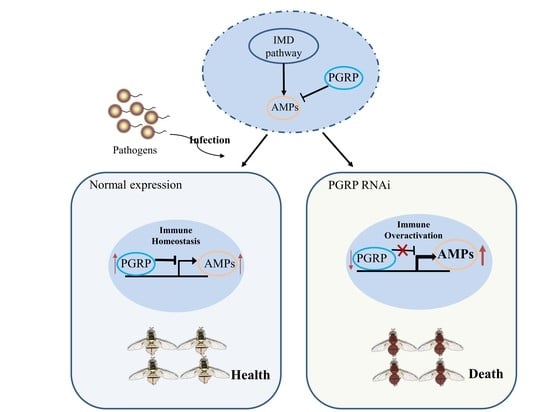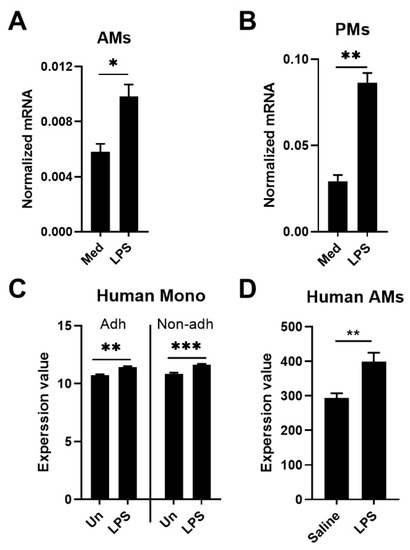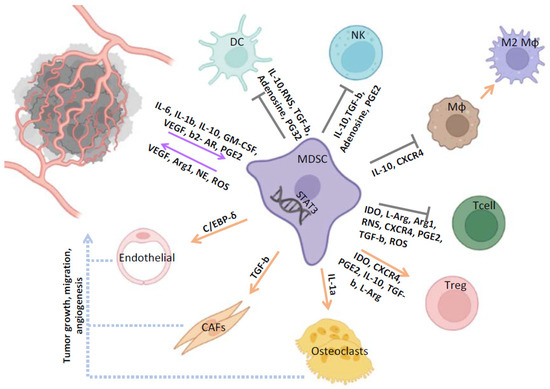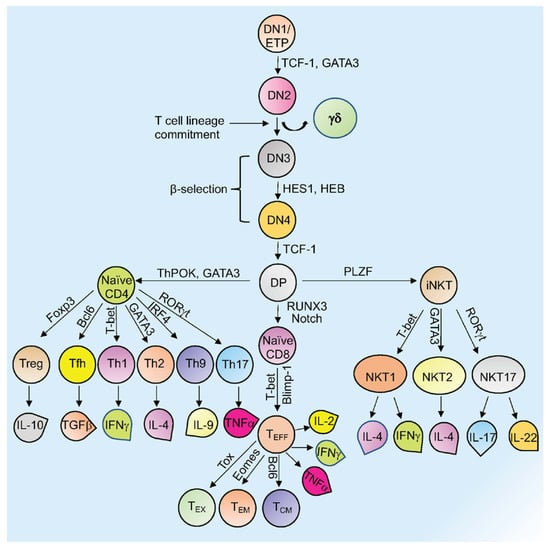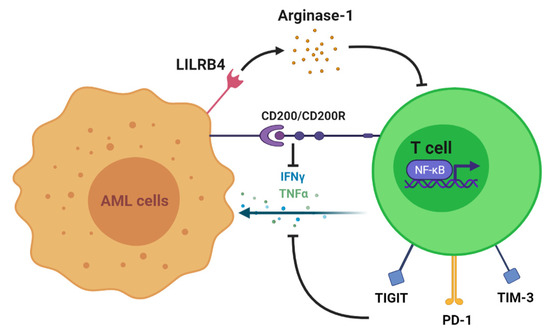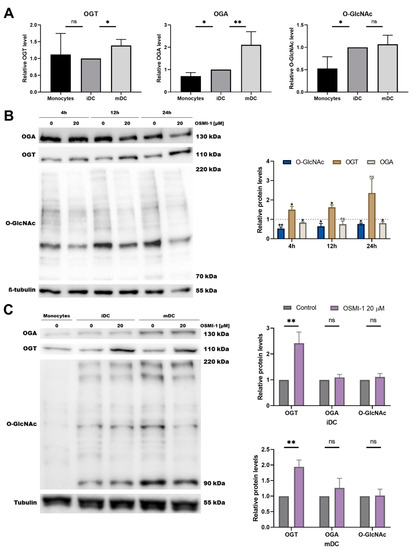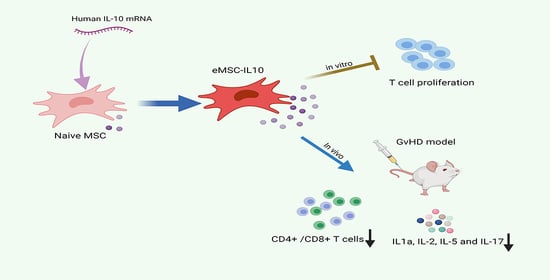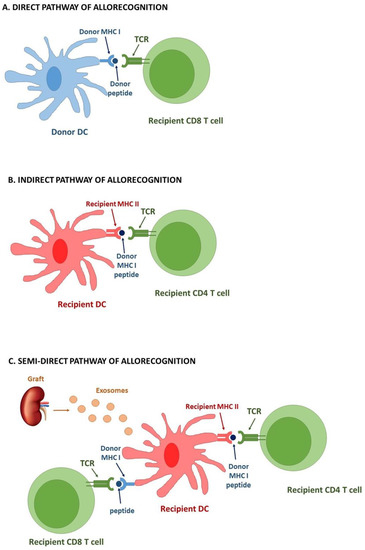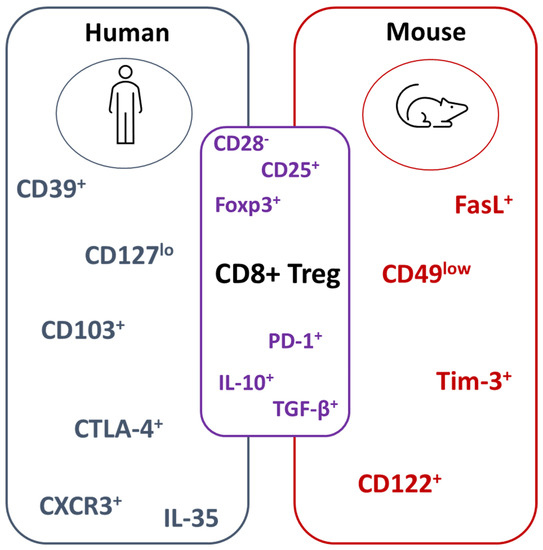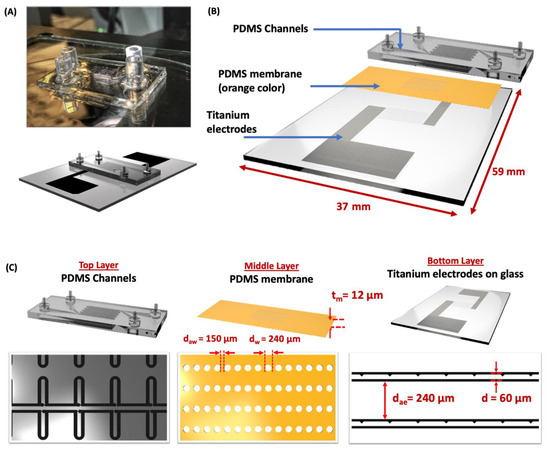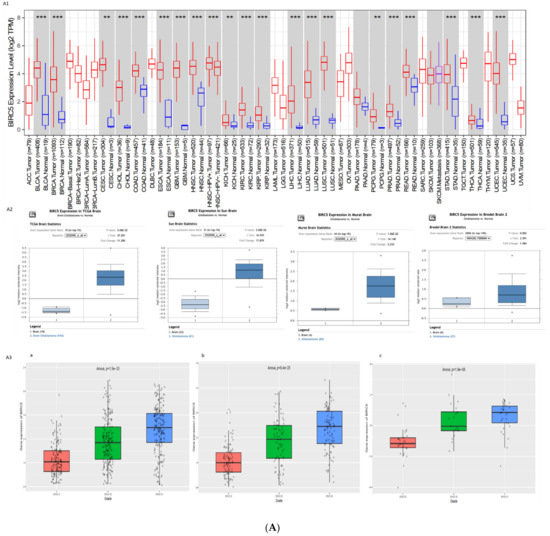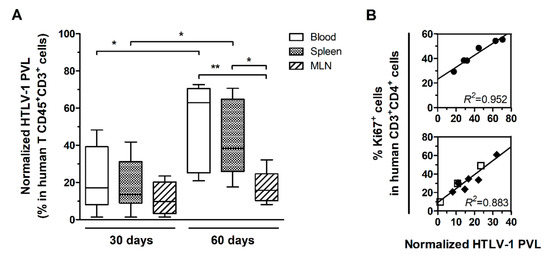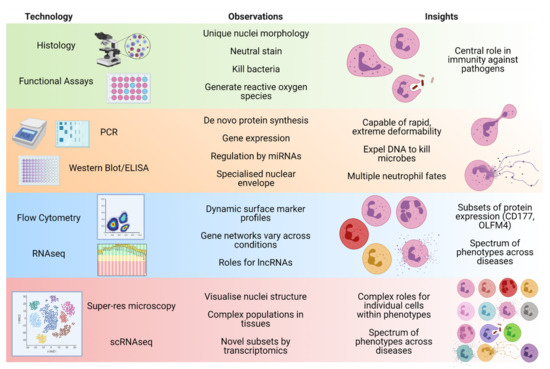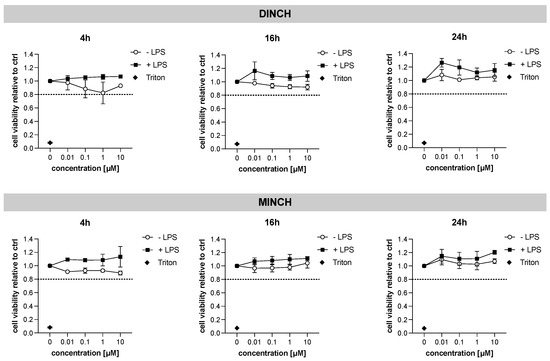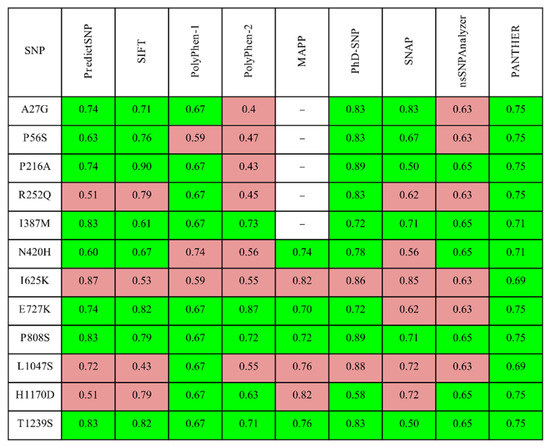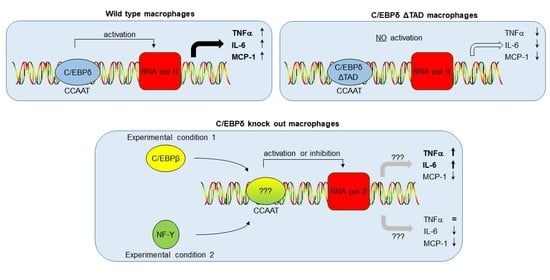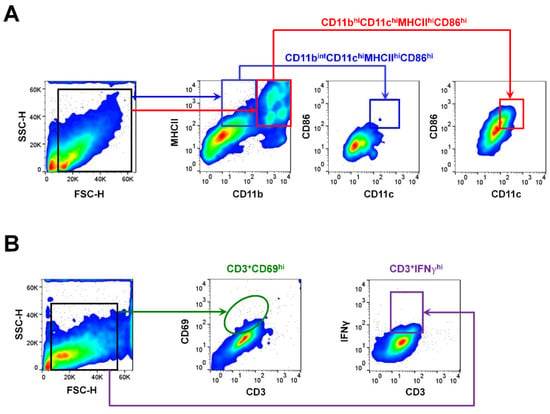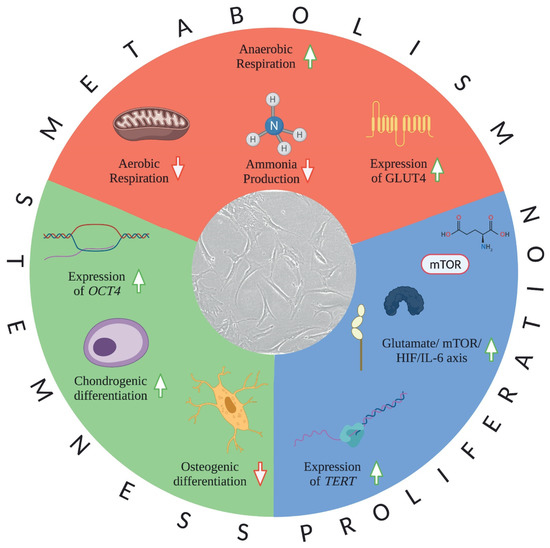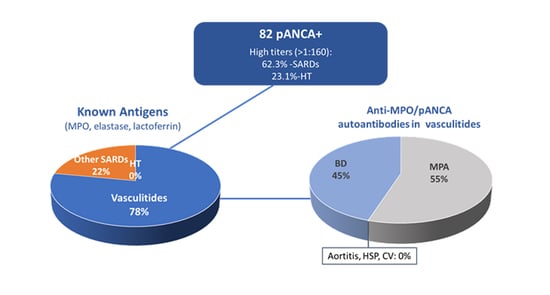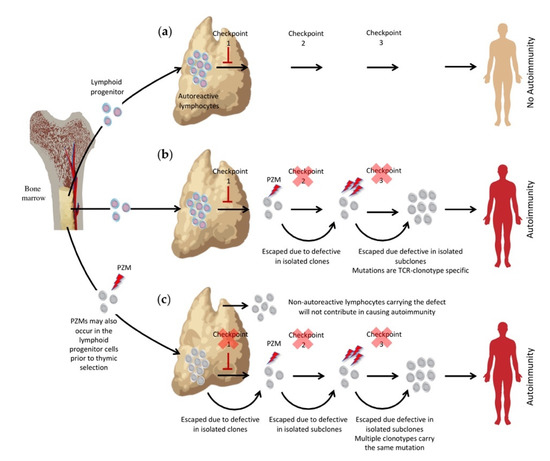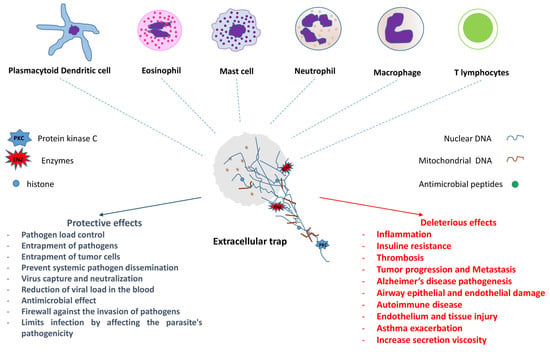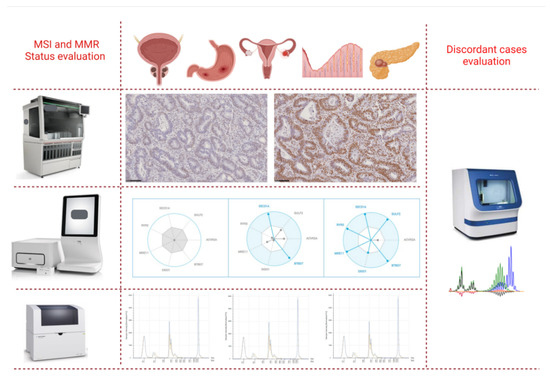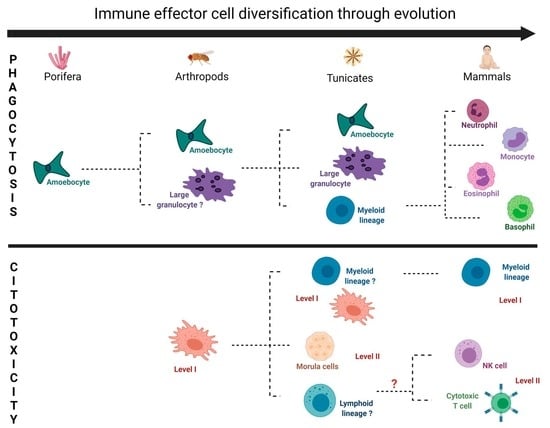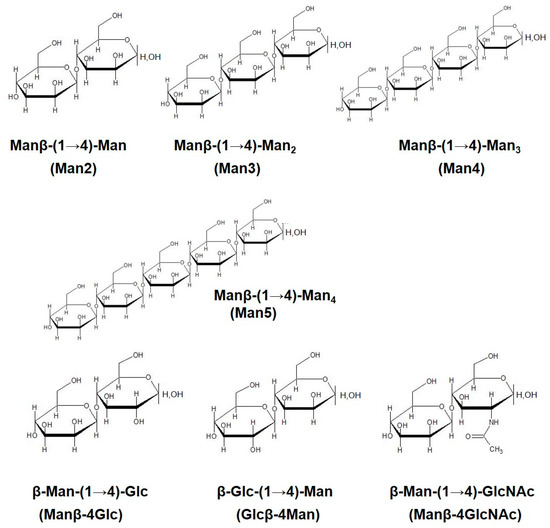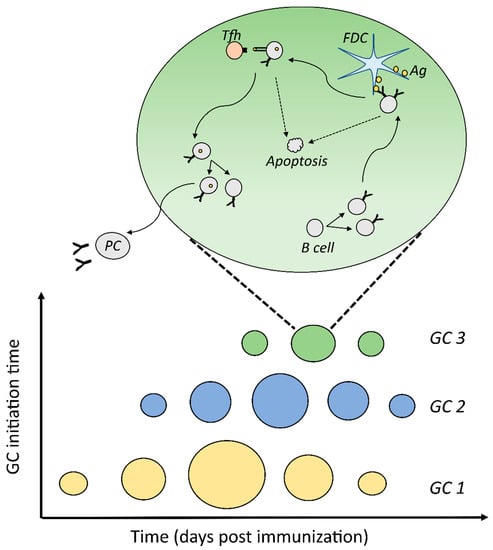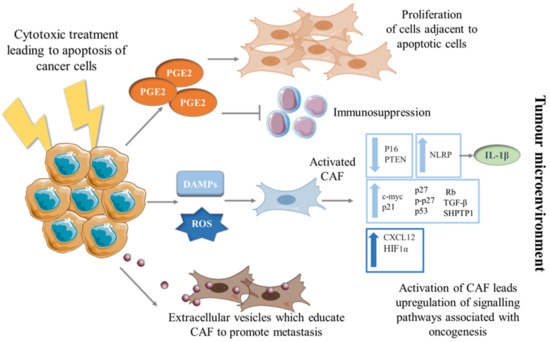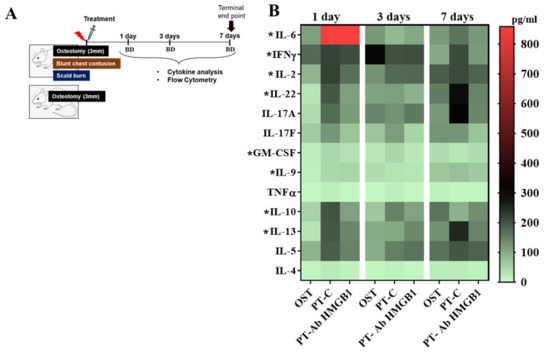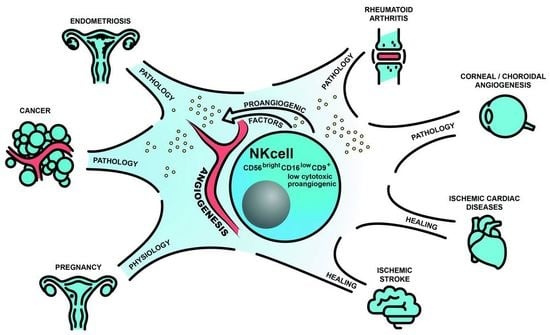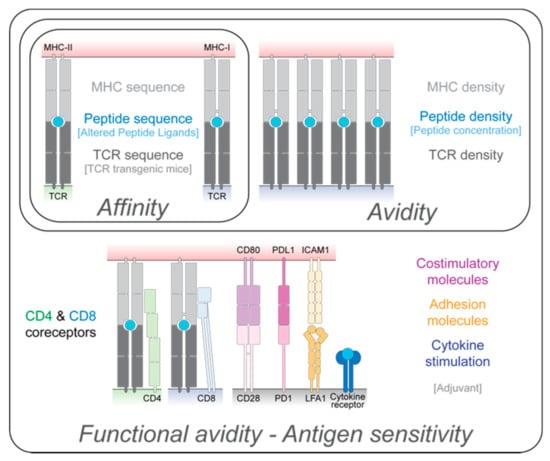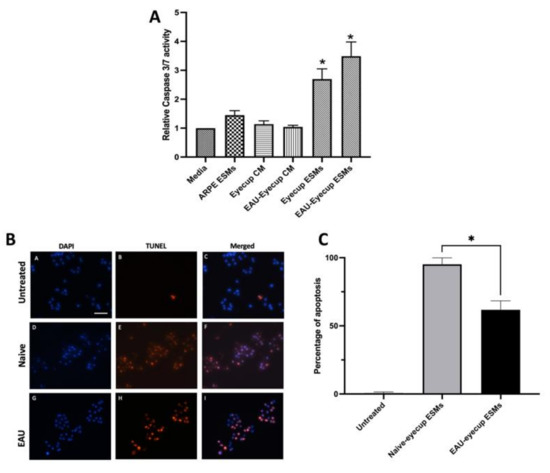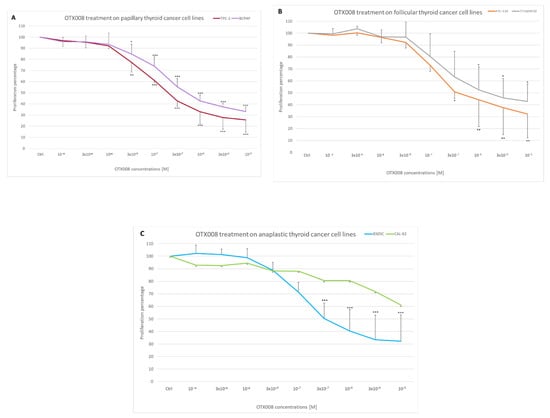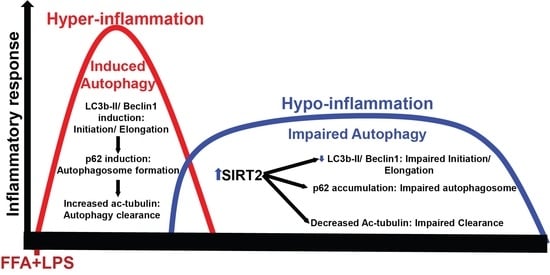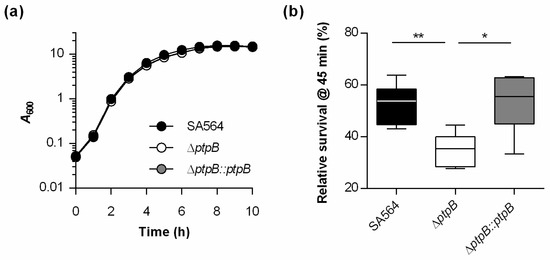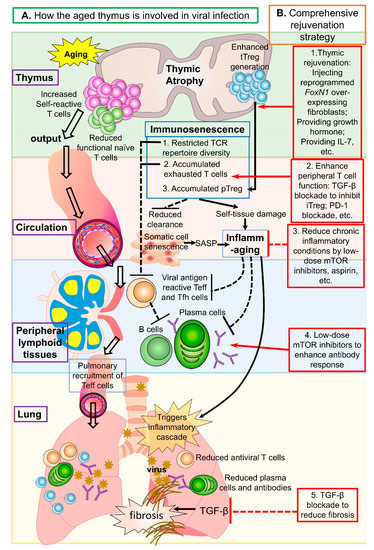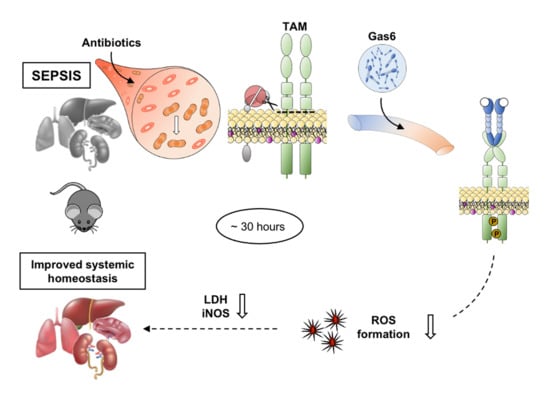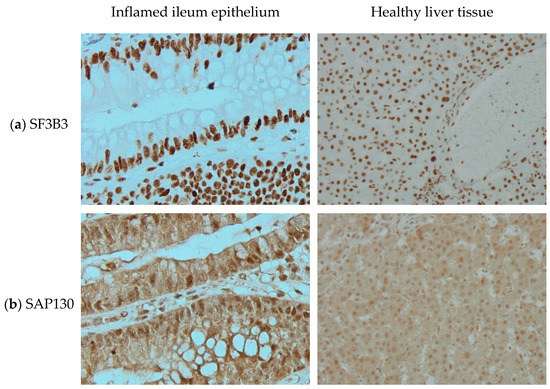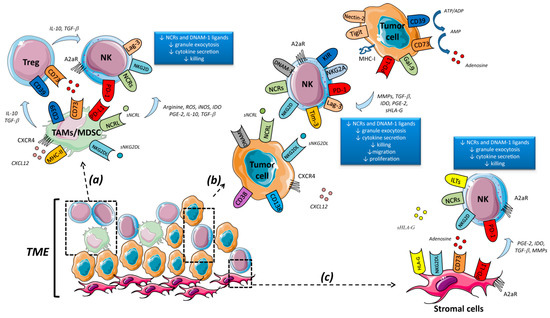Feature Papers in ‘Cellular Immunology’
A topical collection in Cells (ISSN 2073-4409). This collection belongs to the section "Cellular Immunology".
Viewed by 174518Editor
Interests: mesenchymal stromal cells; NKG2D; innate immunity; leukemia and lymphoma; anti-tumor immunity
Special Issues, Collections and Topics in MDPI journals
Topical Collection Information
Dear Colleagues,
This Topical Collection entitled “Feature Papers in Cellular Immunology” will collect high-quality research articles, communications, and review articles in cutting-edge fields of cellular immunology. Since the Topical Collection aims to illustrate, through selected works, frontier research in Cellular Immunology, we encourage Editorial Board Members of the Cellular Immunology Section of Cells to contribute feature papers reflecting the latest progress in their research field, or to invite papers from relevant experts and colleagues.
We welcome manuscripts that emphasize phenotypic, biochemical, molecular features, and functional mechanisms of immune cells. Relevant research topics include, but are not limited to, the following:
- Innate immunity
- Adaptive immunity
- A bridge between innate and adaptive immunity
- Cross-talk between immune cells and tissue microenvironment
- Immunobiology and immunogenetics
- Tumor immunology
- Cells in immune-mediated diseases
- Immunopharmacology
- Infection immunology
- Neuroimmunology
- Transplantation immunology
Prof. Dr. Alessandro Poggi
Collection Editor
Manuscript Submission Information
Manuscripts should be submitted online at www.mdpi.com by registering and logging in to this website. Once you are registered, click here to go to the submission form. Manuscripts can be submitted until the deadline. All submissions that pass pre-check are peer-reviewed. Accepted papers will be published continuously in the journal (as soon as accepted) and will be listed together on the collection website. Research articles, review articles as well as short communications are invited. For planned papers, a title and short abstract (about 100 words) can be sent to the Editorial Office for announcement on this website.
Submitted manuscripts should not have been published previously, nor be under consideration for publication elsewhere (except conference proceedings papers). All manuscripts are thoroughly refereed through a single-blind peer-review process. A guide for authors and other relevant information for submission of manuscripts is available on the Instructions for Authors page. Cells is an international peer-reviewed open access semimonthly journal published by MDPI.
Please visit the Instructions for Authors page before submitting a manuscript. The Article Processing Charge (APC) for publication in this open access journal is 2700 CHF (Swiss Francs). Submitted papers should be well formatted and use good English. Authors may use MDPI's English editing service prior to publication or during author revisions.






